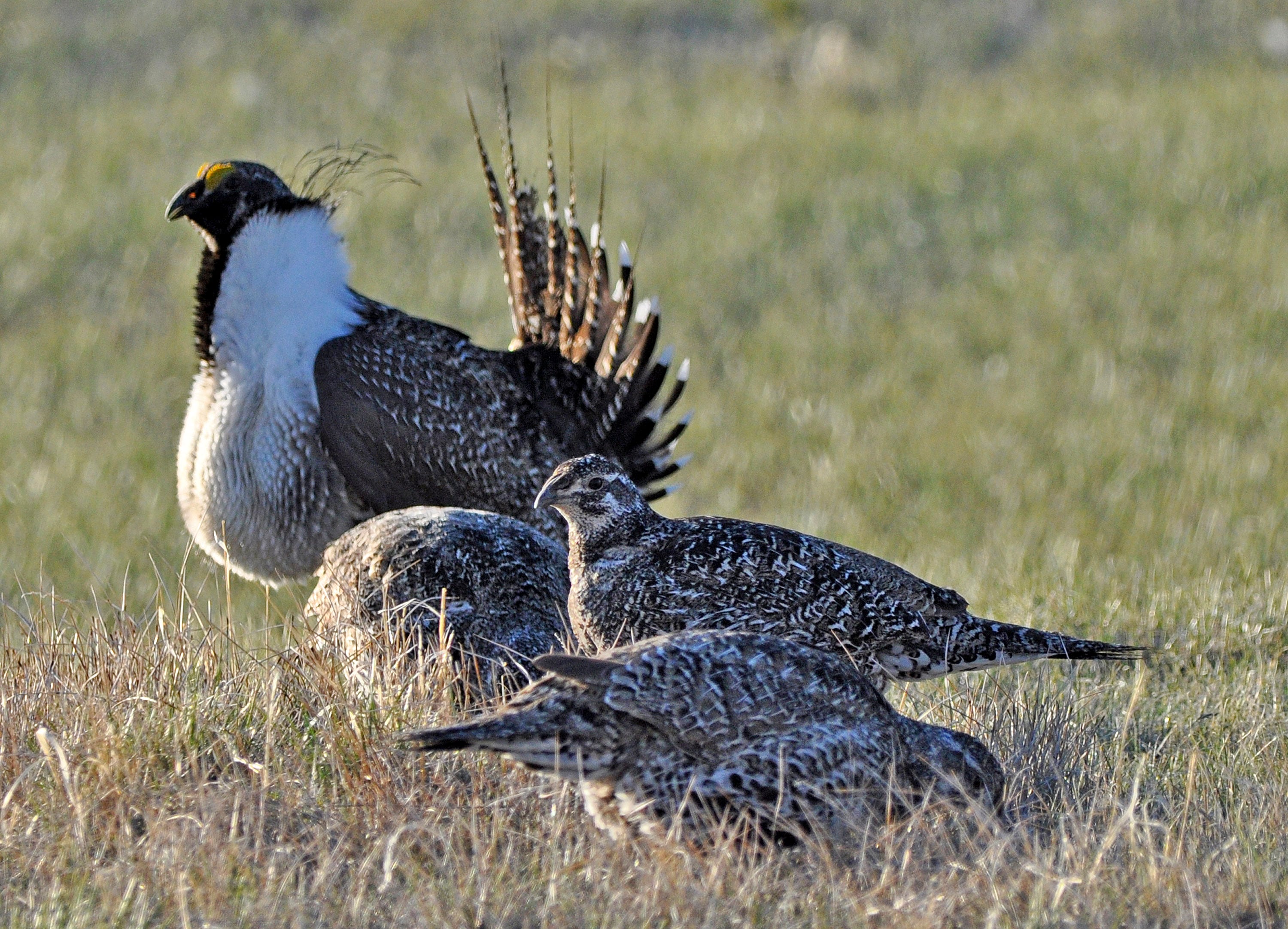SPOKANE, Wash. — Efforts to protect the greater sage grouse under the federal Endangered Species Act could hurt training operations at numerous U.S. military facilities in the West, according to a new report by the Army.
The report looked at the impact of protecting sage grouse on the Yakima Training Center in Washington; Hawthorne Army Depot in Nevada; the Wyoming National Guard; Tooele Army Depot and Dugway Proving Ground in Utah.
It found that protecting the birds would restrict the availability of training lands; limit the size of training lands and ranges; restrict the use of firing points; and impose restrictions on future development and construction.
The greatest impacts would occur at the Yakima Training Center, a 327,000-acre facility in central Washington that provides desert-like training conditions for the U.S. Army that includes live fire of ammunition and maneuver training.
The Yakima center supports one of four populations of greater sage grouse in the state, within a 77,000-acre preserve, and already operates in a way to minimize impacts on the birds, according to the report released this week by the Office of the Assistant Secretary of the Army for Installations, Energy, and Environment.
But a listing under the Endangered Species Act would impact "the ability to meet the training mission," the report said.
If the greater sage grouse is listed, 11 gunnery ranges would be shut down from Feb. 1 to June 15 of each year, among numerous other restrictions, it said
U.S. Rep. Dan Newhouse, R-Wash., who represents the Yakima area in Congress, said listing the grouse would hurt vital military training.
"This administration's restrictive regulatory interpretation reveals misplaced priorities," Newhouse said. "Unnecessary environmental rules should not take priority over national security and military readiness."
Meanwhile, the U.S. House Armed Services Committee is considering a proposal to delay a listing decision for greater sage grouse for at least 10 years and transfer management of millions of acres of federal lands to western states.
"This provision would fundamentally weaken the Endangered Species Act and put a halt to bipartisan and collaborative efforts across 10 states intended to avoid listing the greater sage grouse," said U.S. Rep. Niki Tsongas, D-Mass., who tried unsuccessfully Wednesday to kill the measure.
Tsongas' failed amendment drew support from Defenders of Wildlife, which said military installations across the West have done an admirable job conserving sage grouse without compromising military readiness.
"Sage-grouse are certainly no threat to national security and should not be used as an excuse to give the states control over millions of acres of federal lands," the organization said in a prepared statement.
In an op-ed article in Roll Call this week, three former military officers criticized the possible listing.
The move could make "Yakima all but useless for six months of every year," wrote Joseph E. Schmitz, Marc Rogers and William G. Boykin. "The Army could be required to transfer up to 5,000 soldiers across the country to receive similar training."
The U.S. Fish and Wildlife Service has a Sept. 30 deadline to decide whether to propose the greater sage grouse for federal protection.
The chicken-sized bird once numbered in the millions, but current estimates put the population between 200,000 and 500,000.
Experts blame loss of habitat to development and, in the past decade, massive wildfires blamed on a warming climate and invasive species.
Western state governors and federal officials are trying to avoid a listing. Interior Secretary Sally Jewell in January issued an order seeking a science-based approach to find a way to stop wildfire and other threats to protect sage grouse habitat.



